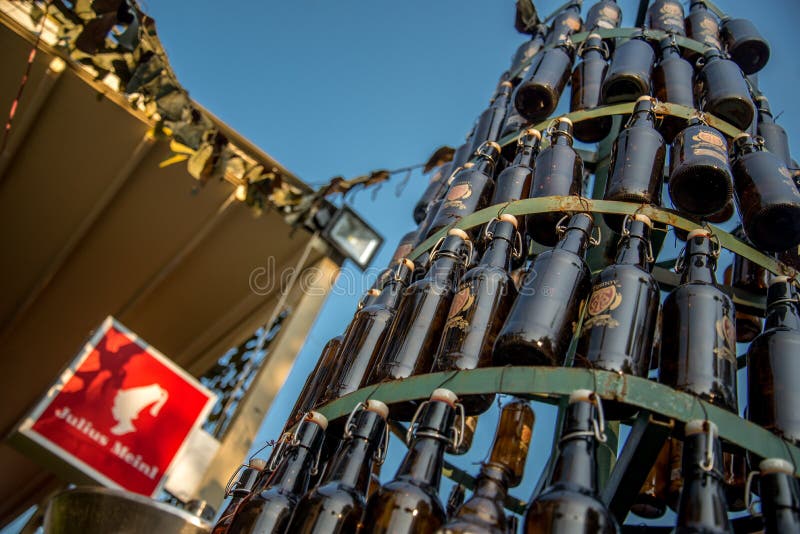

Unlike Croatia, with its stunning coastline, or Sarajevo, with its airy hills, Macedonia has struggled for the world's attention since gaining independence in 1991 and lacks the allure of a must-see destination. For centuries, it seemed to be part of someplace else, including, until two decades ago, Yugoslavia. For a strangely futuristic albeit peaceful experience, pay your respects to Skopje’s most famous native, Agnes Gondzha Bojaxhiu, at the Memorial House of Mother Teresa.Land-locked Macedonia often feels like a forgotten place, tucked among Greece, Albania, Kosovo, Serbia and Bulgaria. Excellent examples of the architecture remaining from this era can be seen scattered around the city, but two of the more notable ones are the Central Post Office building (resembling an upside-down insect more than anything else) and the Sts Cyril and Methodius University of Skopje.Īnother cultural legacy from the earthquake is the Museum of Contemporary Art, built in the years following the tragedy and probably one of the best of its kind in the region, thanks to the outpouring of donations from artists and collections from around the world. A devastating earthquake destroyed three quarters of the city on 27 July 1963 the clock on the old train station, now the Museum of the City of Skopje, still shows 5:17am – the time when the earthquake hit. Skopje was rebuilt under the authority of Yugoslavia’s President Tito and as a result, it was resurrected as a sort of modernist-brutalist paradise. The past few years are not the first time Skopje has had a makeover forced upon it. Some of these buildings have been turned into museums and galleries, such as the National Gallery of Macedonia and Čifte Amam.Īs an interesting contrast, one of the most important Orthodox churches in Skopje, the 14th-century Sveti Spas Church, is also located in this part of town it’s worth having a peak inside to see its elaborate wood-carved iconostasis. As the most historic part of the town that flourished under five centuries of Ottoman rule, it’s also the most alluring with a collection of mosques, hamams and caravansarais (inns). The main pedestrian connection between the two banks of the river, the bridge also links the modern city to Ottoman Skopje and its Čaršija, the old quarter with the largest bazaar in the Balkans.

This is also when the foundations were laid for Tvrdina Kale Fortress, which remains one of the city’s most impressive sights.Ī stone’s throw down the hill to the Vardar River is another 6th-century relic and, for many, the symbol of the city - the striking Stone Bridge. Settled as early as the 3rd century BC, Skopje only began to make a name for itself as an important trading centre with the rise of Byzantium and the Orthodox Christianity around the 6th century AD. Though it has arguably succeeded in the latter, that might be for all the wrong reasons: Skopje’s new look overshadows the authentic attractions in what has been an important settlement for over 1500 years – and is one of the best-value city breaks in Europe right now. The project was intended to give a boost to the national identity and bolster tourism.

It also meant the installment of an excessive number of new monuments and bronze statues, with the 22m-high ‘Warrior on a Horse’ (complete with fountain and musical light show) in Ploštad Makedonija taking the cake. The infamous ‘Skopje 2014’ project saw the construction or remodel of dozens of new government buildings, museums and the National Theatre (not to mention a triumphal arch and two bridges) in what can be described as a mix of baroque, neoclassical and Las Vegas fashion. For a relatively poor European nation, having the government drop an estimated €200 to €500 million on a hardly necessary redesign of the capital has been highly contentious – and yet it happened.


 0 kommentar(er)
0 kommentar(er)
